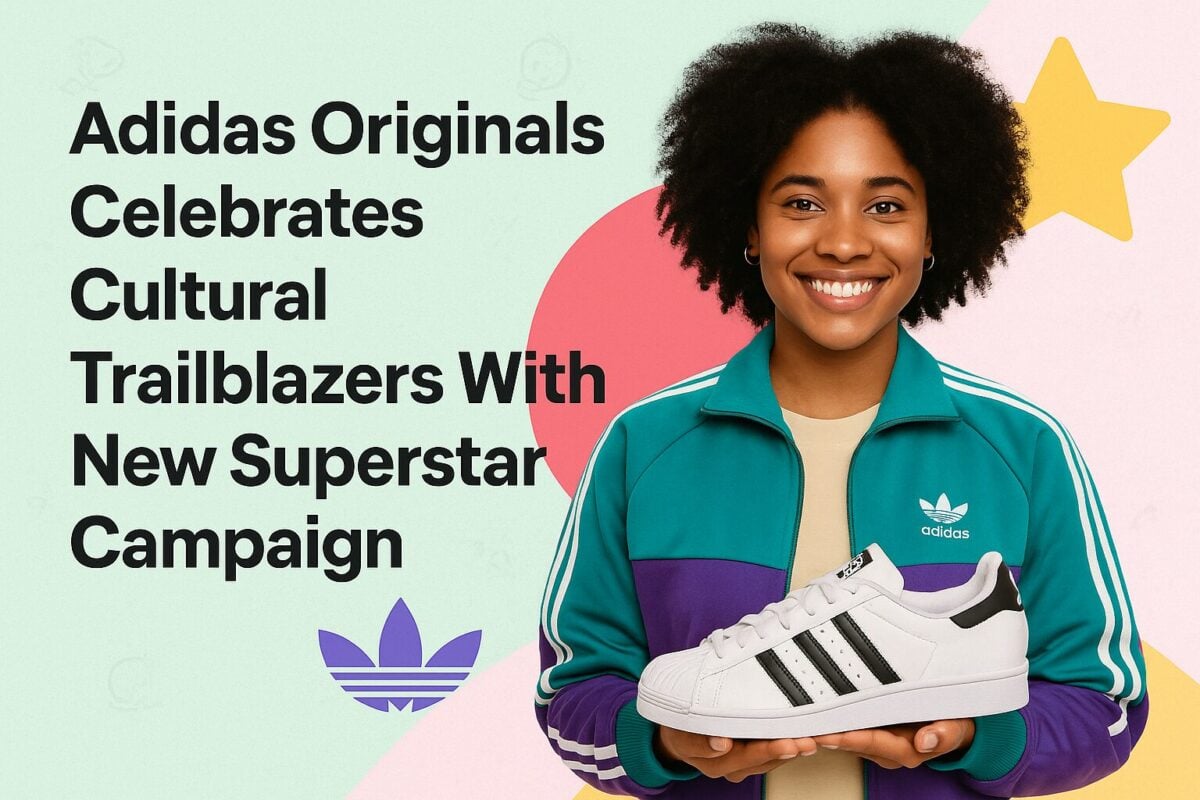Instagram enabled the Multiple Accounts feature in the app version 7.15, which is available on iOS and Android mobile devices. But not all brands are leveraging it optimally. While many Instagram users are unaware of this development, some think that only big brands need multiple accounts.
The truth is that multiple accounts on Instagram can be useful for all brands that have diverse audiences, products, or goals. If your audience base is segmented, you can serve each niche better through a dedicated account.
Each account can contain content that’s relevant and relatable to its target audience. Similarly, if you juggle multiple roles, you can maintain separate accounts showcasing your expertise in each role.
If you’re still wondering whether you need multiple accounts, or are struggling to manage your existing multiple accounts, this post will answer all of your questions.
Do You Really Need Multiple Accounts?
Even if your social media audience is scattered geographically, you want to be available to answer their queries 24x7. In this case, you can have a different account for each location.
You can post about local events and answer in regional language. Generic content will neither appeal nor be meaningful to such audiences.
Do you have many verticals, products, or services? Suppose you’re a fashion influencer as well as a travel vlogger. Your travel-crazy followers may not be keen to read about fashion tips, nor the other way round. It makes sense to segment your audience into separate accounts and have narratives tailored to each segment’s needs.
Even if you have a uniform follower base, you can benefit hugely from having multiple accounts. For instance, you can create dedicated accounts for posting product-related information, advertised jobs, upcoming events, and general stuff.
In this way, you can give your undivided attention to each activity. Plus, you can capture warm leads by tracking followers on each account.
At times, businesses use multiple accounts to differentiate the brand from its owner. This is especially true for larger-than-life entrepreneurs who have the power to overshadow the brands they create.
Kylie Jenner of the famed Kardashian clan is a well-known Instagram fashion influencer. She also owns Kylie Cosmetics. Her PR team has created separate accounts for her personal posts and her branded posts.
Occasionally, she cross-promotes high-performing content across her sub-accounts to ensure maximum visibility for the content.
That said, you can’t ignore the drawbacks of having multiple accounts. You’ll have to spare time and resources for each account. You’ll have to churn out volumes of quality content to provide fodder for each account. If you’re handling global clients, you’ll need colleagues who have colloquial knowledge and can create content that has a local flavour.
So, what’s the bottom line? Don’t create multiple accounts just because others are doing so. The payoff should be worth the effort and investment.
How to Switch Between Your Instagram Accounts
First, you need to make sure that your Instagram app is updated (version 7.15 or above). Log into your account from the app and perform the following steps to add multiple accounts.
- Create your sub-accounts. Ensure that each account is linked to a unique email address or phone number. If you don’t, you can get locked out of all the accounts if the linked email ID gets corrupted or compromised. As of now, you can have a maximum of five accounts on one device.
- Add your sub-accounts. In the app, go to your Instagram profile. Click on the Hamburger icon . Then, tap the Settings gear . Scroll to the bottom of the menu and click the Add Account option. Add the account name and password of your sub-account. Lastly, click Log In.
- Switch between accounts. You can go to your profile and click on your username displaying at the top. All the accounts in your device will be listed. Select the account you want to switch to. You’ll get push notifications from the account you’re logged into.
- Deleting a sub-account. If you’d like to delete a sub-account, log into the account from a desktop. Then, navigate to “Delete Your Account” from your profile. Select the reason for deleting the account, and click “Permanently Delete my account.”
Note:
You can’t delete an account directly from the app, and deleted accounts cannot be recovered. To take a break, consider temporarily disabling your account instead of deleting it permanently.
How to Manage Multiple Instagram Profiles
As explained, multiple accounts can streamline your marketing efforts. But the entire exercise of creating multiple accounts will be pointless if you don't manage them smartly.
Here is a step-by-step approach that will simplify your job.
1. Identify Your Purpose
There is no point in making separate accounts if they all have the same purpose. Assign a unique goal to each account. Tailor content that aligns with the goal. Ensure that each of your usernames reflects the purpose of the channel. This way, you’re likely to attract the right followers.
International furniture brand, IKEA, operates an account where employees share their stories about life at IKEA Gulf. You’ll also find posts about IKEA’s brand values and mission statement. The profile aims to humanise the brand and showcase it as a great place to work.
IKEA Today is another sub-account of IKEA. Its goal is to promote sales. You’ll find posts about their new product lines and ground-breaking technology. The account helps establish the brand as an infrastructure superpower.
Following the same approach, you can make separate accounts for creating brand awareness, pushing sales, and engaging audiences. If you belong to a services-driven industry, you can also post user feedback and reviews. On the other hand, product-driven companies can post about merchandise and offers.
Another brand that has nailed this strategy is the energy drink brand, Red Bull. They know that energy and sports go hand in hand. To cater to their car-racing and skateboarding fans, they have separate accounts, redbullskate and redbullracing.
At redbullracing, the content feed is likely to create a FOMO alert for their avid F1 followers. They regularly post about upcoming events and race highlights.
Posts at redbullskate target skateboarding aficionados. You’ll find tonnes of skating tips from pro skaters and the latest updates from the skating world. Although the sub-account has a narrow audience base, it has a high engagement rate.
2. Formulate Unique Content Strategies
You will have to treat each of your accounts as a separate entity. Since all sub-accounts have different target audiences and content preferences, they will need unique content strategies. Your strategy will govern the type of content you will post on an account.
To formulate content strategy, you need to have a 360-degree view of your audience. You’ll need to gather data about their age group, gender, taste, and online activity. Then, you can leverage these insights to craft engaging posts.
For inspiration, you can check out Nike’s on-point social media content. As the name implies, @nikewomen publishes posts that resonate with women from all walks of life. In the post below, Nike creates a connection with the conservative segment of their audience by offering them full-coverage swimsuits.
By monitoring conversations trending in target audiences (women swimmers), Nike understands that exposure is a legit concern. As you can see, the post has garnered the right kind of engagement.
Another useful tool you can use to optimise your subaccounts is hashtag generators. They generate the right hashtags for your posts, as well as analyse the value of hashtags you’re planning to use.
L’oreal has a strong understanding of their followers and talks to them in a language they can understand. At lorealpro, they post about challenges that professional hairdressers face and offer solutions. Their post captions contain technical language that is well-known by haircare professionals. Their hashtags are trending, relevant, and unique.
3. Use Social Media Management Tools
It can get confusing and overwhelming to keep track of the activity in all your accounts at once. That’s where social media management tools like Buffer and Hootsuite can come in handy.
They can give you a bird’s eye view of all your accounts from a single interface. You get a unified inbox where you receive notifications from all your accounts. You can respond promptly to comments and queries from your followers.
Most such tools allow you to assign tasks from the inbox itself by tagging concerned teammates. This is a great feature if you have separate teams for your sub-accounts. It facilitates collaboration and enhances productivity.
You can access analytics on each account and note individual engagement numbers. You can create and schedule posts and even cross-promote content across accounts.
When you own multiple accounts with unique goals, you must also use analytics to gauge if you’ve advanced towards your goal. With the help of social media tools, it’s easy to keep track of your average engagement rate, likes, and other important metrics for each account.
Final Thoughts
Different strokes for different folks — this is especially apt for Instagram users. They have a laser focus and get frustrated when they’re served irrelevant content. To be on the safe side, brands should funnel their content into separate accounts, each with a unique audience base.
If you’re a marketer or influencer with diverse clients, multiple accounts for each client will streamline your efforts. Your clients and you can derive exponential returns without additional expenditure.



